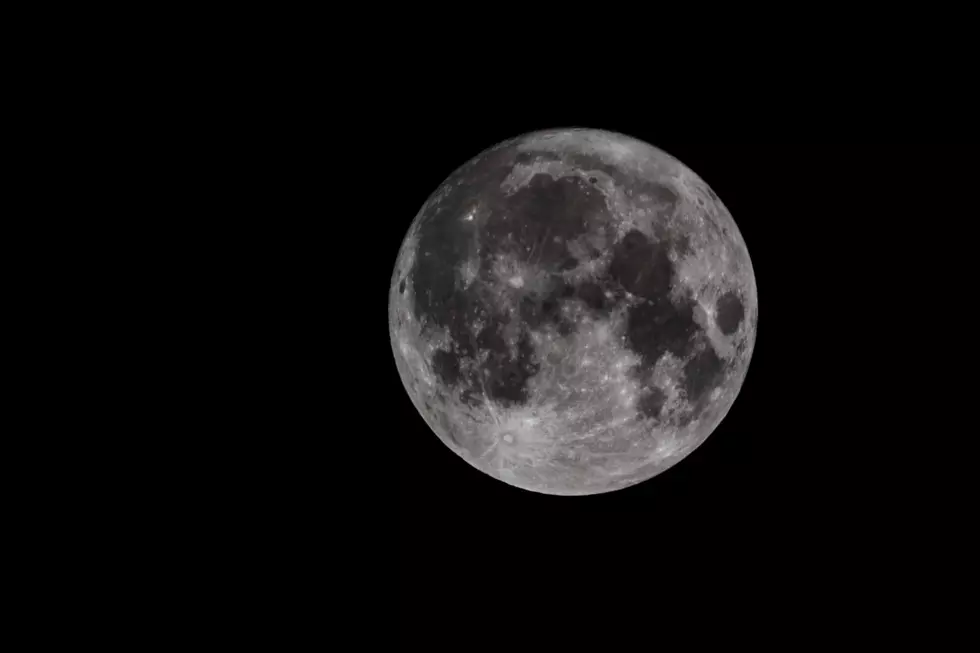
WOW! This Flight Could Help Humans Return To The Moon
My daughter Tara has always been fascinated with the sky. When we went on vacation to the Outer Banks, we would get up early and head to the beach to watch the sunrise. I told her the highlight of my day happened before 7 a.m. every day at OBX.

Tara also likes to look at the sky at night. When she was young, she bought the best telescope that she could so she could look at the stars. She also taught me to take a moment at night just to look up.
How often do we get out of our vehicles in the evening and just walk in our home without taking even a moment to glance up? Tara would always say to me "Daddy, look up at the beautiful stars."
She taught me to take a moment and enjoy the beautiful scenery that God gave us. It also made me realize how insignificant we really are in the grand scheme of things. There is one other thing that see enjoys seeing in the sky...rockets.
However she probably won't be able to see this rocket unless she goes to the Kopernik Observatory in Vestal. It's a flight that had to be rescheduled because of bad weather and a flight that could help humans return to the moon and back.
Nasa Has New Launch Date For Artemis I Around The Moon
It's the Artemis I mission and NASA has set the date for another attempt at launching it into the sky. Hurricane Ian forced NASA to put the rocket back into the hangar but they will try to make another attempt on Monday, November 14th.
They have a 69-minute launch window that will open at 12:07 a.m. ET. If they are able to get it off the ground, the unmanned Orion will go around the moon and back to test its systems.
The mission is supposed to take 25 days and splashdown in the Pacific Ocean on Friday, December 9th. Their goal is to have humans return to the moon and this is the first of many tests that will be taken to see if it's safe enough for them to go back.
LOOK: 31 breathtaking images from NASA's public library
LOOK: The most expensive weather and climate disasters in recent decades
More From 99.1 The Whale

![New York’s Stunning Fall Foliage Can Actually Be Seen from Space [PICS]](http://townsquare.media/site/497/files/2022/10/attachment-RS50415_GettyImages-1020250788-scr-1.jpg?w=980&q=75)







